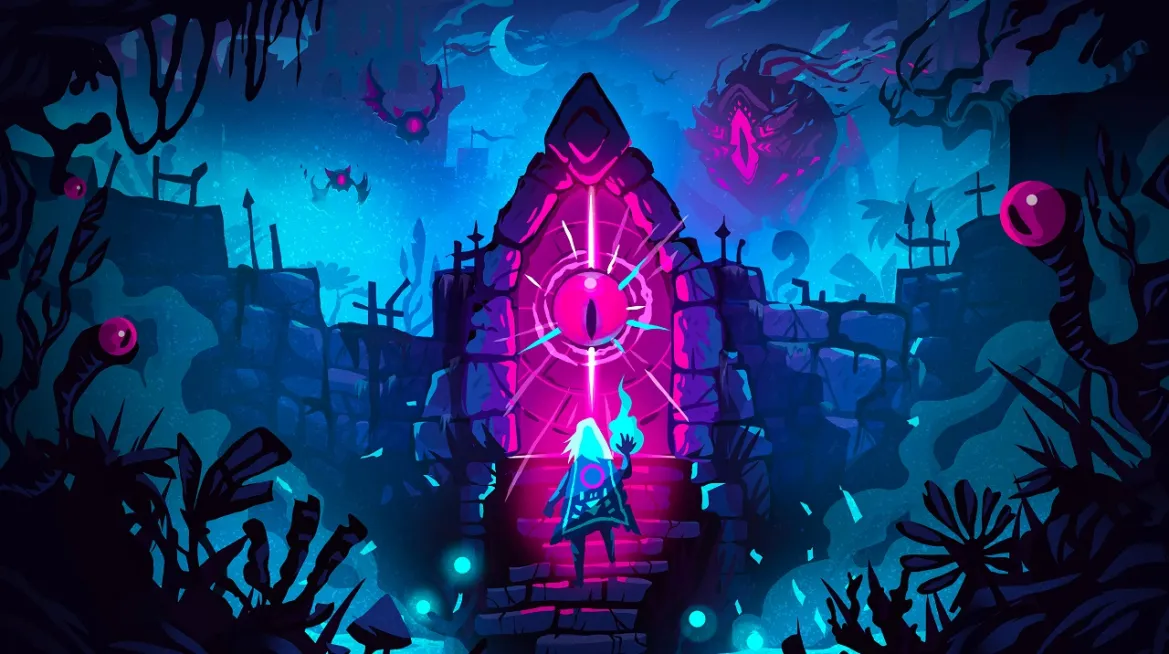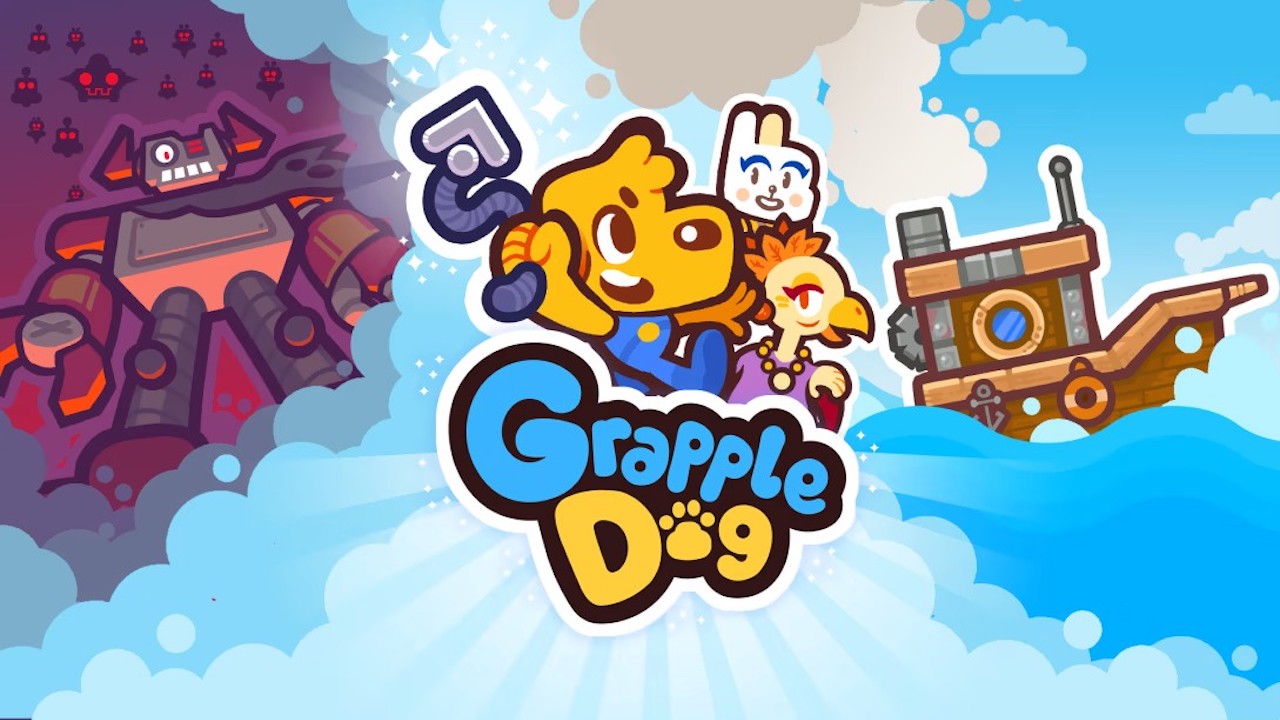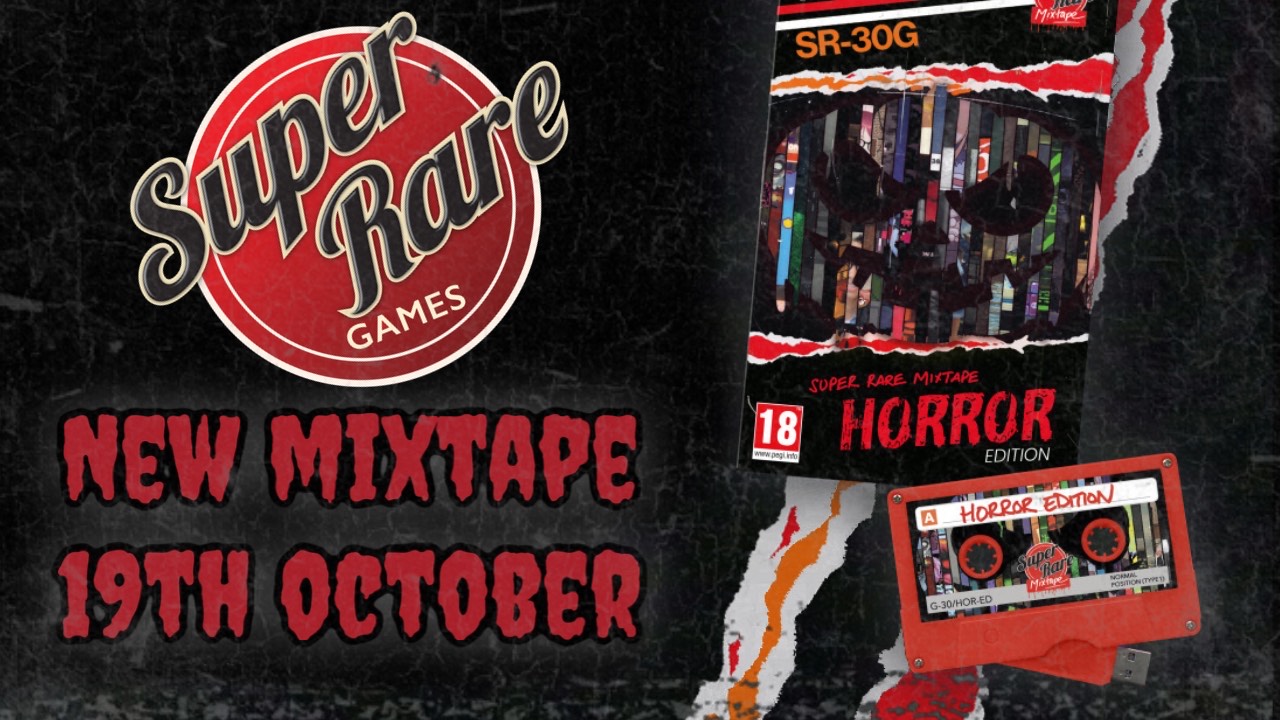Lone Ruin Review (Switch) – Dangerous To Go ‘Lone
Roguelikes and roguelites have got a lot to answer for in my books. Once dismissed as a pointless grind to me, it was the likes of Hades that just upset that logic for me. Now I’m cautious, like what Spec Ops: The Line did for cover shooters, that another gem might catch me off guard. Could that be where Lone Ruin comes in?
Unlike Supergiant’s… err, super-giant game, Lone Ruin eschews that new trend of narrative and focuses on the gameplay. Dark and neon tones, pounding soundtracks and a difficult bent to it, the focus is “classic roguelike”, if you will. You, an explorer, want to reach the top of an enticing tower.
As a concept, this is nothing new. But just because Lone Ruin isn’t original, does that make a bad thing? Let’s go and find out…

Casting Assumptions… And Spells
Normally in a review, this would be the part where yours truly would normally cover the story. The player character’s motivation(s), who they are, that kind of thing. But much like Hyper Light Drifter, Lone Ruin instead deals in minimalism and pictures. Even less than HLD, if you can imagine.
You, the player character, are an elven-looking spell-caster. With nought but a scarf and a determined scowl, you enter a lone ruin (ah, I get it now) with the intention of beating it, presumably. Are there untold treasures at the top? The secrets of the universe, maybe? Well, your initial guess is as good as ours.
Our androgynous hero is greeted by a non-trademarked Death, robe and all. Remember the “it’s dangerous to go alone, take this” moment from the first Legend of Zelda game? He’s that guy, offering up your magical arsenal options.
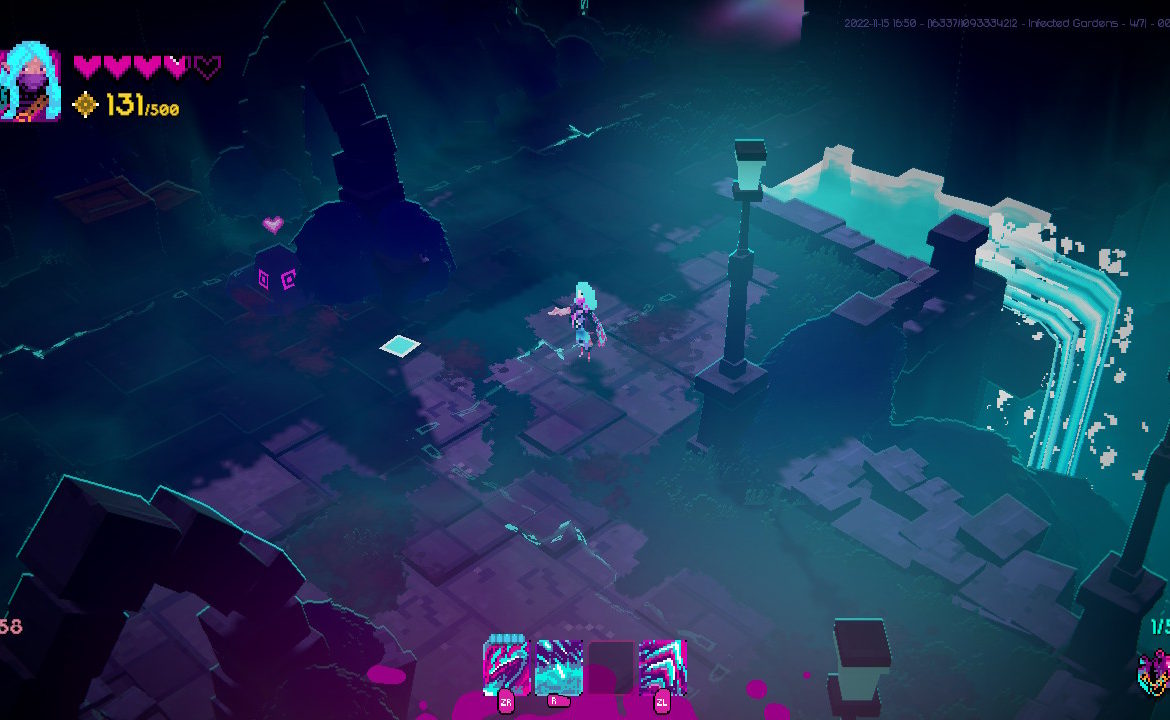
Point and Fire
Oh yes, there’s no sword and shield, obvious-Dark-Souls-comparison here, dear reader. There’s magic afoot, and with that, magical weaponry. Our hero’s only equipped with a finger to point said magical weaponry and fire in that direction. A finger gun, if you will.
And like a Bible belt gun fare, you’re not limited to one type of weapon. For the purists, there’s a scythe to choose that acts closest to a sword. The Zelda enthusiasts can utilise a boomerang, which is bloody hard to throw and recall. There’s a barrage option, in which you charge and release several shots (the charge acting as a shield that does damage too).
There’s more, but I don’t want to give away everything. Each one has their own benefits and hindrances, it’s down to players to find their favourite. If not-Death is feeling nice, there’ll be a perk attached to a random weapon to convince you to try it out. I flitted between scythe and barrage, and sucked with both. Not because I suck at gaming, mind.
Well, not just that…
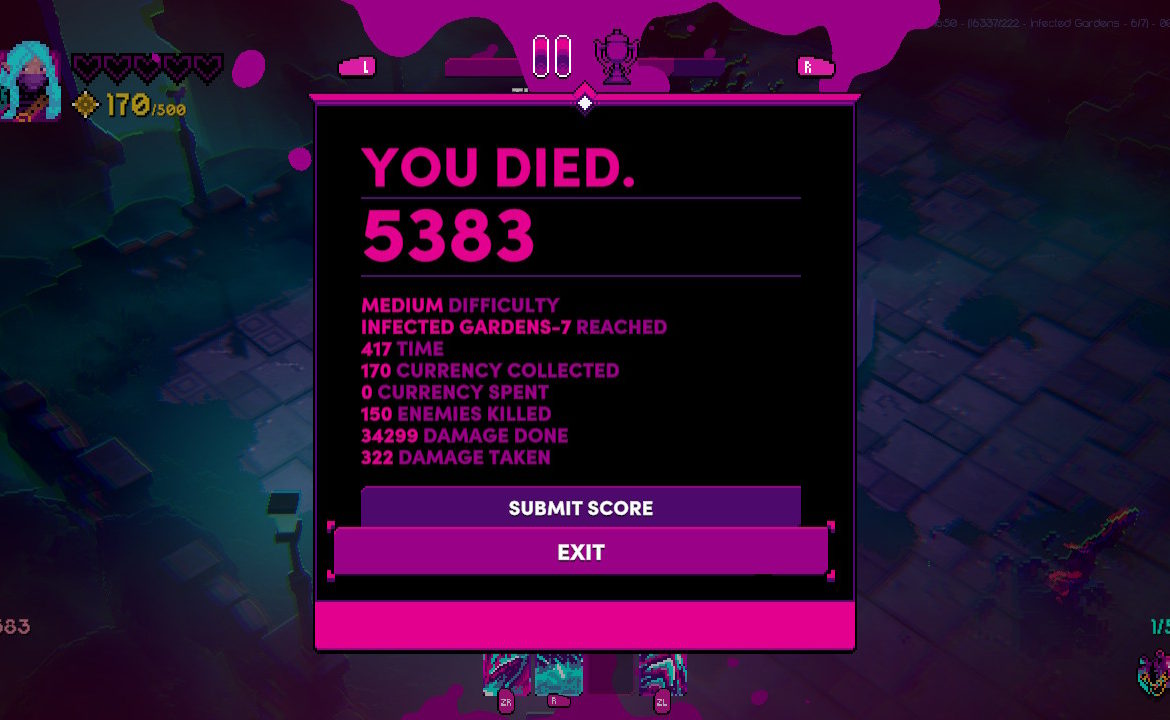
Nothing Comes Easy, Not Even Easy Mode
It’s not exactly uncommon for rogue-likes to be difficult. It would be a bit rubbish if one could smash through it without experiencing and experimenting. In that regard, Lone Ruin is no different, perhaps even harder than some I’ve played. Admittedly, the majority has been Hades, so that’s not a good benchmark in difficulty terms.
The main campaign, if you will, has three standard difficulties: Easy, Medium and Hard. No fancy new names and terms, just classic gaming difficulties. I started my first few runs on Normal, thinking that’d ease me in. I was wrong.
Lone Ruin is hard, but not in the bullet hell sense. More the “enemies deal obscene damage chunks” brand of difficult. The emphasis is moving and shooting, including a dash. But the dash has a sneaky cooldown, which can sometimes bite you in the ass if you time it wrong.
So, I dropped it down to Easy for reasons of “I’m a journalist and need to get this done”. Did it make much difference? Not overly, it still feels like the protagonist is made of wet tissue and the enemies are firing frozen peas through you.
But, backhanded compliment [of sorts], being difficult does not make it a bad game. It’s just very unforgiving if you’re not bringing your ‘A’ game. However, there are some nice features that will make you want to try-and-die again.
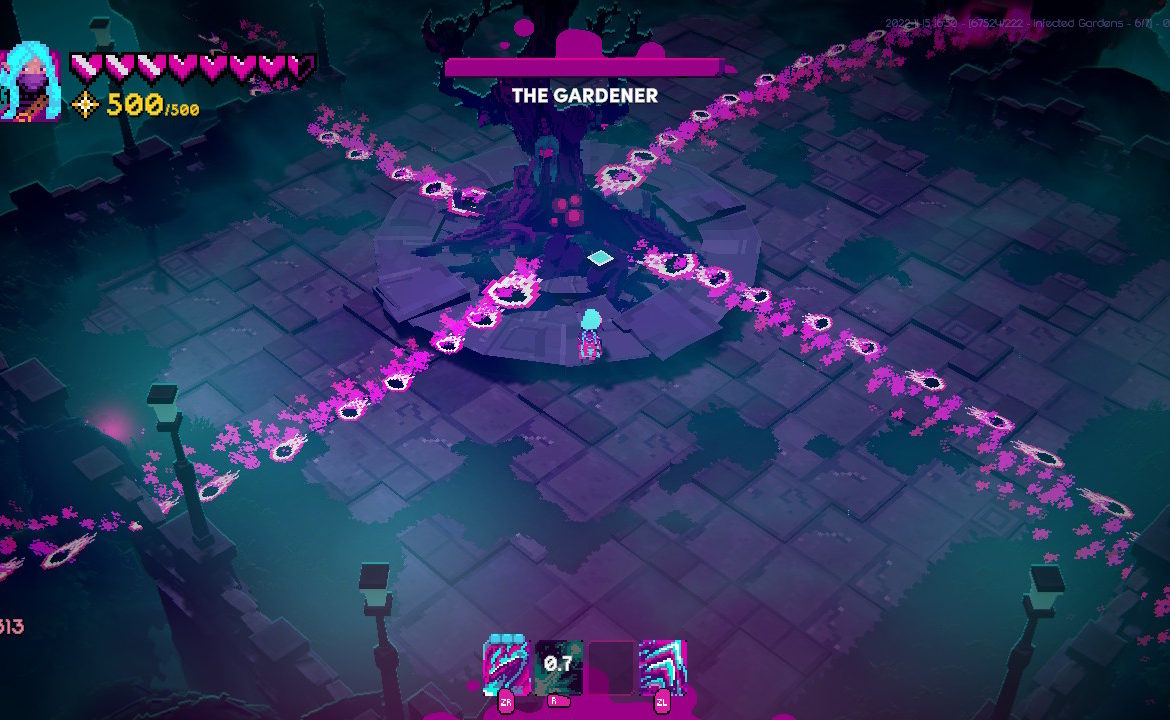
Rave In The Ruins
When we think rogue-likes, we think indies. We think indies, we think pixel/voxel, retro-inspired visuals and chiptune beats that loop into frustration. Lone Ruin has the former, natch, but thankfully doesn’t have that grating 8bit score that should be saved for Guantanamo bay. No, it has a gorgeous look and banging soundtrack to chive you along.
Think neon, but old school. So dark, pinks and cyan hues litter the ruins, but not in a glowing, Cyberpunk-ian sense. They’re all muted, but bright, if you’ll pardon the oxymoron. Enemies are shades of black and pink, firing pink-ish projectiles against dark backgrounds (which you think would be easier to avoid, but no). Your weapons and projectiles are bold and bright, creating a maelstrom of colours for the senses.
The soundtrack is upbeat synthwave, which is always a plus in my books. It reminds me of the likes of Ruiner, with that pumping bass to spur you on to completion. I mean, it won’t come quickly, but enthusiastic tunes are always a boon to encouragement.

A Helping Finger To Your Gun
Speaking of boons, Lone Ruin does implement one system similar to Hades (for lack of not wanting to make comparisons). That system is one of reward for room completion, offering up different routes with different rewards on enemy defeat.
Perks and rewards vary, from new weapons to health boosts. For example, on one run, I equipped a flamethrower as a “secondary” weapon to a top bumper. This tool gave a small respite for crowd control, on occasion. But if you need health, sometimes you have to forgo an additional weapon for the sake of longevity.
Others range from increased dash distance and/or cooldown time, allowing the player to be more evasive. The scythe, from experience, can have more damage or arc added to it, depending on how defensive or offensive one likes to play.
Then there’s rewards like coin, that can be used to buy upgrades at the randomly timed shop “rooms”. The catch, however, is that coin amounts are capped. So in a way, it encourages players to spend early rather than that old survival technique of “saving it for when I need it”.

Survive And Brag
In terms of extra content, in that regard Lone Ruin is somewhat lacking. The main “quest” has three bosses and twenty one levels; an average run can take about an hour or so depending on skill. Being a roguelike, there isn’t any weaponry or stats to keep grinding to pass on to the next run. You just try, try, die and maybe get incrementally closer each time.
Outside of that, there’s a wave-based Survival mode. Similar in concept, upgrades are offered at the end of each wave, allowing some freedom of progression. Players keep going, wave after wave of harder enemies, until they die. That’s survival mode in a nutshell, as it is in most games.
There’s no multiplayer, besides online leaderboards for humbling or bragging rights. No, in terms of quaint little indies, Super Rare Games have nailed their ethos with this one. It’s quaint, it’s difficult, and its fun comes from just picking up and playing whenever you feel like a challenge.
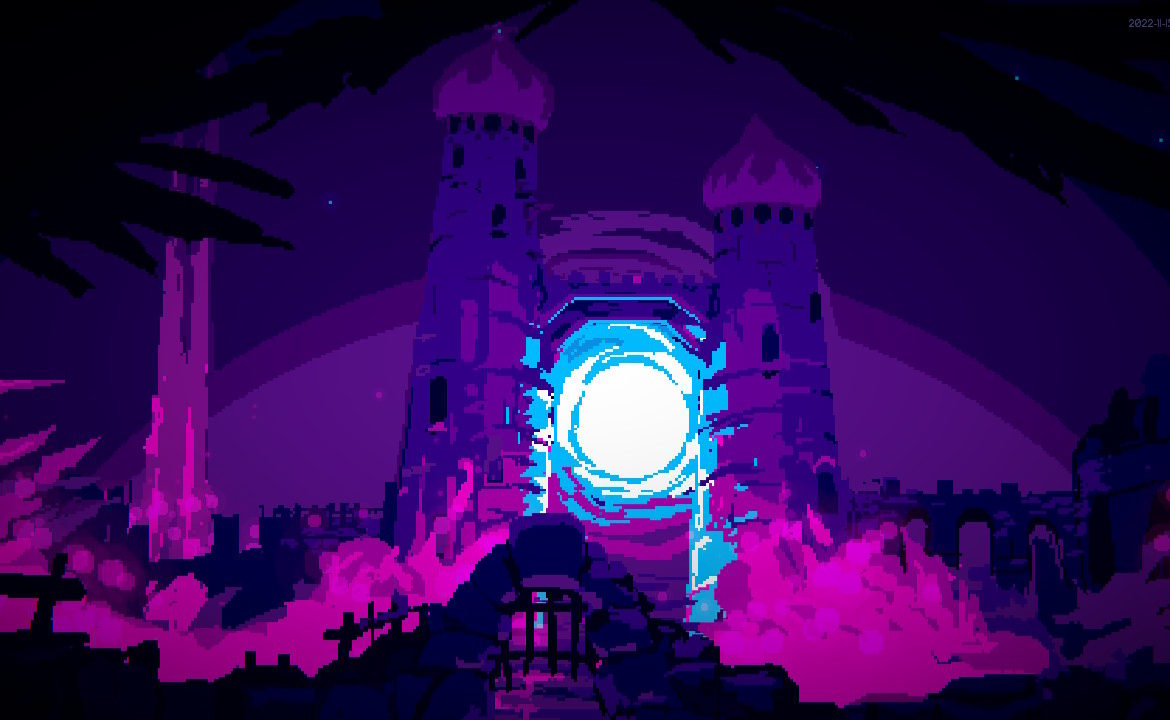
Let’s Ruin This
To conclude then, Lone Ruin gets a thumbs up from me, the cautious roguelike fan. Typically not something I would buy, I’m nevertheless pleasantly surprised when something turns my cynicism into interest. Admittedly, I prefer the lite-style of saved progression and development, but that doesn’t mean I’m against the “fresh each time” approach.
The visual stylings and soundtrack are a massive plus in my book, which personally does give me incentive to get back into it each time. Will I put somewhere near the one hundred hours in that I have into Hades, or even ten like Dead Cells? No, I won’t. But I will dabble on the occasional run when, say, on the train somewhere.
Lone Ruin gets a positive from me, a rogue outsider, that it should be checked out. You might get a different opinion from a rogue historian, akin to favouring cheap and expensive rums, let’s say. But from me, this neon and synthwave gets a hearty recommendation. I am not responsible if the challenge pushes you to break something though.
Whilst it may be pleasing to the visual and audio senses, Lone Ruin balances out that pleasant feeling with fair challenge. A roguelike in the traditional sense, it offers that “one more run” gameplay for anyone that feels like they can do it better next time.

Lone Ruin is available now on Nintendo Switch (review platform) and PC via Steam.
Developer: Cuddle Monster Games
Publisher: Super Rare Games
Disclaimer: In order to complete this review, we were provided with a promotional copy of the game. For our full review policy, please go here.
If you enjoyed this article or any more of our content, please consider our Patreon.
Make sure to follow Finger Guns on our social channels –Twitter, Facebook, Twitch, Spotify or Apple Podcasts – to keep up to date on our news, reviews and features.
